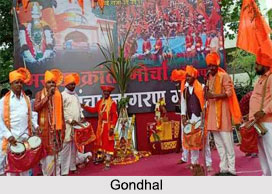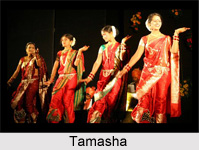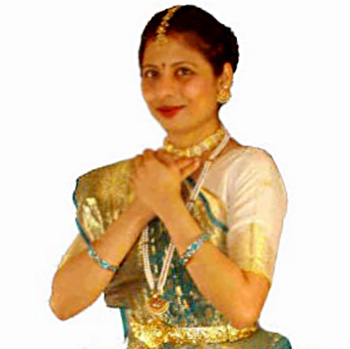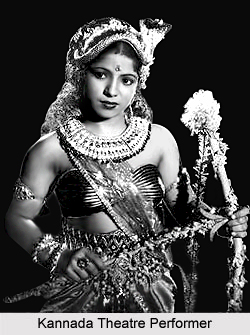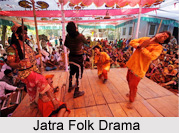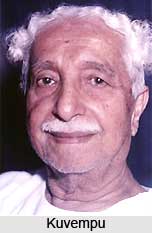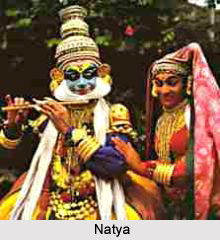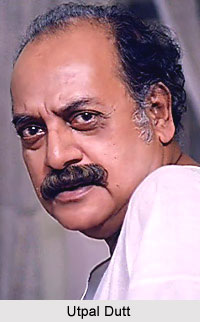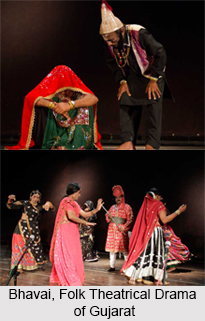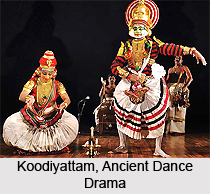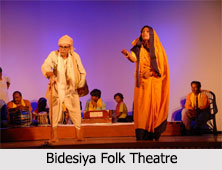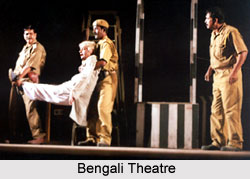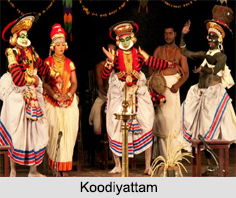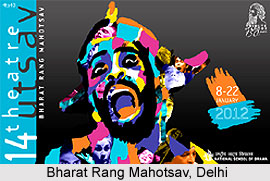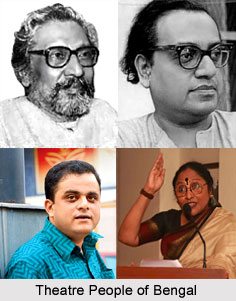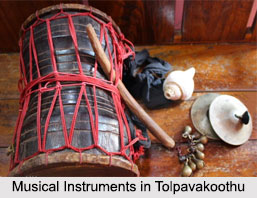 The performance of Tolpavakoothu is accompanied by the recitation of slokas and it is a mandate for the performers to learn over 3000 of these before they perform. These recitations are often accompanied by musical instruments like the chenda, maddalam, ezhupara, ilathalam, conch and cherukuzhal. Made out of jackfruit wood, the ezhupara is a cylindrical shaped calf skin covered instrument.
The performance of Tolpavakoothu is accompanied by the recitation of slokas and it is a mandate for the performers to learn over 3000 of these before they perform. These recitations are often accompanied by musical instruments like the chenda, maddalam, ezhupara, ilathalam, conch and cherukuzhal. Made out of jackfruit wood, the ezhupara is a cylindrical shaped calf skin covered instrument.
Sound Effects in Tolpavakoothu
With changing times, the themes for these performances have evolved as they range from secular themes to stories from the Indian freedom struggle and also Hindu epics like the Ramayana. Often times to create a dramatic impact on certain scenes, special sound effects are produced by the artists along with rhythmic syllables recitations called "vaitaris". When there is a fight scene, cries of "Sopai, Sopai" are heard from the background and names of the weapons used are called out with an emphasis, like "Sopai!"
When one of the characters in the story challenges the other, the sound "Athera" is produced in the background. During the fight scene of Bali and Sugriva in the Kamba Ramayana, rhythmic syllables like "Dhi Dhi Dhi Dhikrita Tai" and "Titha Dinta Ta" etc. are recited by the puppeteers in synchronisation with the movements of the puppets.
This article is a stub. You can enrich by adding more information to it. Send your Write Up to content@indianetzone.com.
